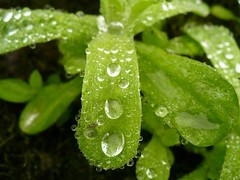The Montenegro Family of Collique Alto
Tom & Maribel of grass-roots Promesa Peru visit the home of the Montenegro Family in Collique Alto, Lambayeque. Theirs is a tale sadly common in the real Peru that all too many visitors don’t get to see.
By Tom Filopowicz
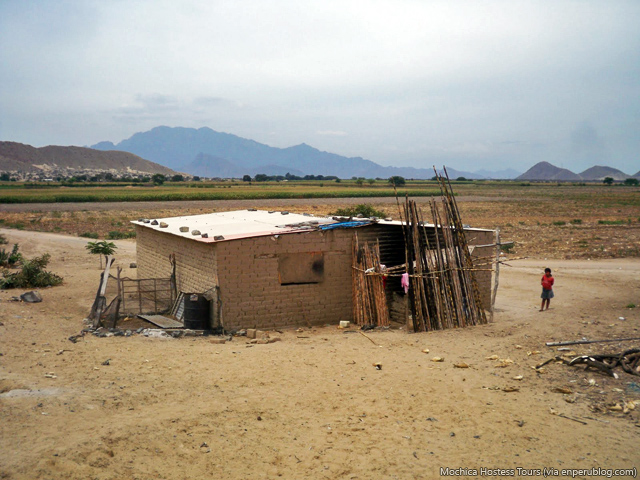
This is the home of Magno and Juanita Montenegro and their 6 children. Magno built the house himself eleven years ago with the help of neighbors. The adobe bricks were manufactured “near the river” and hauled to the building site by burro cart. Previously the family had lived in the lush, forested mountain side village of Santa Cruz where they had a small farm with livestock and cultivated acres, but that all changed when their son Samuel at one and one-half years of age experienced an extreme fever followed by convulsions. Unable to get immediate medical help, Samuel suffered permanent brain damage. The cost of medical follow up and medication soon ate up the family’s savings and ultimately took their farm.
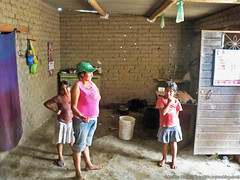 Hoping to start over and rebuild their lives, Magno, Juanita, Esther and Samuel, now 16 and 13 moved to Chiclayo where job opportunities were better. They lived in a one room house until a friend offered them the use of her small home in Collique Alto. After living in the home for a few months and earning a living working as a field hand, Magno became aware of a plot of vacant government land outside of the village. He cleared the plot, made application to the government for the land, and with the support of neighbors was awarded the land at no cost. Since then Flor 11, Lisbeth 9, Sonia 3 and Daves 1 ½ have joined the family.
Hoping to start over and rebuild their lives, Magno, Juanita, Esther and Samuel, now 16 and 13 moved to Chiclayo where job opportunities were better. They lived in a one room house until a friend offered them the use of her small home in Collique Alto. After living in the home for a few months and earning a living working as a field hand, Magno became aware of a plot of vacant government land outside of the village. He cleared the plot, made application to the government for the land, and with the support of neighbors was awarded the land at no cost. Since then Flor 11, Lisbeth 9, Sonia 3 and Daves 1 ½ have joined the family.
Good paying jobs are scarce in Collique Alto (as they are in most of Peru) so both Magno and Juanita work as field hands when work is available. In addition Magno, who is a young looking 40 attempts to sell Gano Excel brand natural medicine. While the parents are out working Flor and Lisbeth take responsibility for cleaning the house and looking after Samuel, Daves and Sonia. On an average day the family income is about 18 soles ($6.52 USD), but there are days when there is no income. They have a cow for milk, raise ducks for meat and grow vegetables behind the house so they’re self sufficient for the short term regarding food. There are no utility costs; they don’t have electricity, they have well water and cook outside with corn cob fuel and wood taken from the desert.
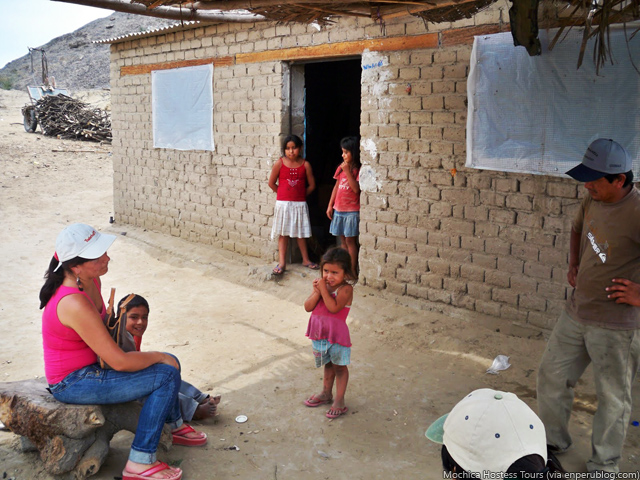
The oldest daughter Esther spends school vacations living with relatives in Lima and working as a domestic servant. She normally saves enough money to pay for her own school supplies and clothing. Still, sometimes tough choices need to be made between new clothing, school material, replacement household items and other necessities. Magno acknowledged that frequently it is Samuel’s medicine that looses out.
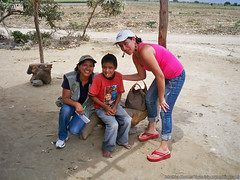 We watched Samuel (flanked by Maribel and Betzy) closely during our visit. His verbal communication is limited to grunts. He smiles a lot and obviously likes attention, but without his medication to control his emotions he is subject to brief episodes of rage. We saw him swing a belt in what looked like an attack on his sister Flor.
We watched Samuel (flanked by Maribel and Betzy) closely during our visit. His verbal communication is limited to grunts. He smiles a lot and obviously likes attention, but without his medication to control his emotions he is subject to brief episodes of rage. We saw him swing a belt in what looked like an attack on his sister Flor.
The Montenegros are good people. When Betzy mentioned to Magno that I had commented about how quiet and peaceful the area is, Magno took Juanita aside for a moment and after a brief discussion promptly offered a piece of their land to me to build a house.
We want to help this family. It’s probably been years since Samuel has seen a doctor. We’d like to arrange for that to happen and also determine what medicine is needed and see if we can get it at a reasonable cost so he doesn’t have to go without. We’d also like to buy school supplies for Esther, Flor and Lisbeth. In fact, at a cost of about $15 per student, we’d like to insure that all the school-eligible kids in Collique Alto who need help have the supplies and clothing to attend school. If you would like to help us please visit the Promesa Peru web page. It’s got a ‘donate’ button. 
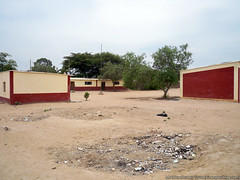 This is the school the Montenegro kids attend. Jose Carlos Mariategui reflects the extreme poverty of the community. The school has three main buildings that house the classrooms and administration offices.
This is the school the Montenegro kids attend. Jose Carlos Mariategui reflects the extreme poverty of the community. The school has three main buildings that house the classrooms and administration offices.
They appear to be in reasonably good condition but could use some fresh paint inside to brighten things up. A forth smaller building located some distance from the classrooms serves as the restroom. It is used by students and teachers.
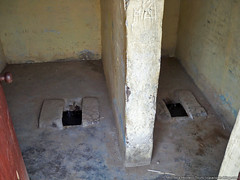 This is the restroom interior. It may shock you, but we wanted you to see the facility that Esther, Flor, Lisbeth, Sonia and the other kids have been and will be using when school opens again. The school has water, but there is no connection to the restrooms. We don’t know why boards haven’t been nailed together so people don’t have to ‘squat’ unassisted, or why buckets of water to wash hands are not available. Our questions went unanswered.
This is the restroom interior. It may shock you, but we wanted you to see the facility that Esther, Flor, Lisbeth, Sonia and the other kids have been and will be using when school opens again. The school has water, but there is no connection to the restrooms. We don’t know why boards haven’t been nailed together so people don’t have to ‘squat’ unassisted, or why buckets of water to wash hands are not available. Our questions went unanswered.
We were told that the Mayor of Pucala needs to approve the finances to run and connect water to the restroom. We hope to visit him next week, and if we’re successful in getting running water to the restrooms we’ll see about getting toilets and sinks in place. It’s not possible to educate kids about hygiene using what they have now as an example. We’ll keep you posted on our progress. In the meantime, please think about helping those kids to attend school.
Tags: charity, chiclayo, collique alto, lambayeque, poverty



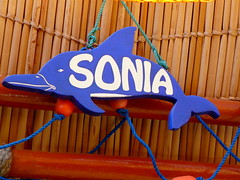
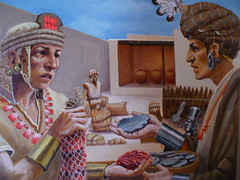
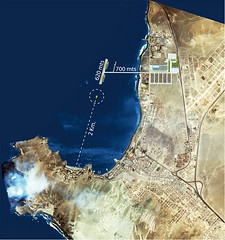

![Peru’s hard-hitting Oscar film hope divides opinion [Featured]](http://farm5.static.flickr.com/4002/4407554620_1f45162f92_m.jpg)
